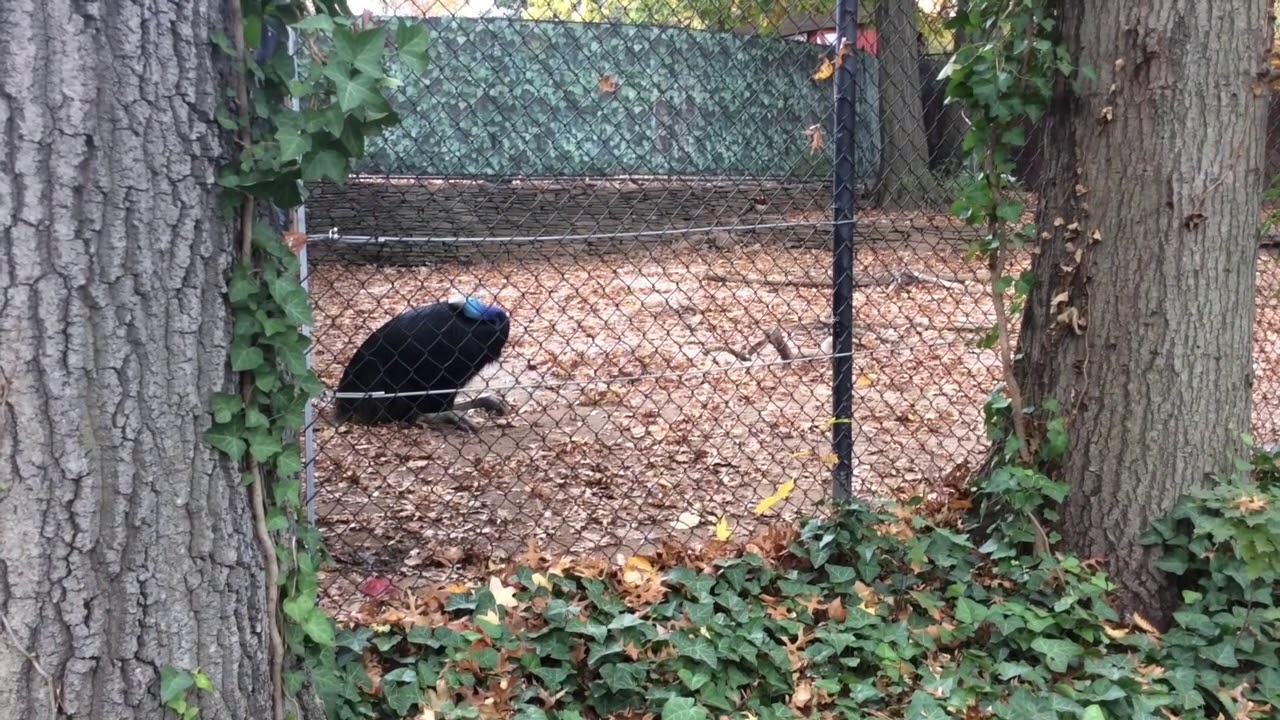- Understanding the characteristics and habitat of the cassowary at Staten Island Zoo, including its ecological role and physical attributes.
- Exploring the zoo management practices and challenges associated with keeping cassowaries healthy and engaged in a zoo environment.
- The significance of cassowaries in wildlife conservation and the zoo’s educational programs aimed at increasing public awareness.
- Analyzing the behavioral patterns of cassowaries, with a focus on their adaptation to captive settings.
- Examining the role of zookeepers and veterinarians in the day-to-day care and preservation of cassowary health and welfare.
Our journey into the world of the Staten Island Zoo cassowary begins with an appreciation for this remarkable bird. Known for its vibrant blue and black plumage, the southern cassowary is a flightless bird native to the tropical forests of New Guinea, nearby islands, and northern Australia. Standing up to six feet tall and weighing as much as 130 pounds, cassowaries are second only to ostriches in terms of size and are renowned for their powerful legs and dagger-like talons. Their physical characteristics, including a distinct helmet-like casque atop their heads, enable them to traverse thick foliage and engage in surprising bursts of speed. These adaptations serve a vital ecological role as they disperse seeds across their habitat, promoting plant diversity.
While these magnificent creatures are fascinating in the wild, caring for cassowaries in a zoo setting such as the Staten Island Zoo presents a unique set of challenges. The zoo’s management practices must carefully balance the need for creating an environment that mimics the cassowary’s natural habitat while ensuring their safety and visitor engagement. Cassowaries have specific dietary needs that include a wide range of fruits, small vertebrates, and even fungi. To replicate this, zookeepers provide a varied diet to maintain their health and vitality.
Behavioral enrichment is also critical for these intelligent birds. Engaging them with stimuli that mimic their instinctual behaviors such as foraging or shelter-seeking is vital for their mental health. Zookeepers employ various enrichment strategies, including hidden treats within their enclosures and opportunities for physical exercise to keep them stimulated. Moreover, these flightless birds require secure enclosures due to their potential for aggression, particularly during breeding seasons when they become exceptionally territorial.
From a conservation perspective, cassowaries serve as an emblematic species. With a wild population continually threatened by habitat loss and human activities, the Staten Island Zoo plays an integral role in breeding programs and public education. The cassowary’s plight highlights the broader issues of deforestation and climate change. By fostering a connection with visitors, the zoo raises awareness about the importance of preserving natural habitats and the myriad species contained within them.
Educational initiatives at the zoo often incorporate cassowaries as both a symbol and subject of crucial ecological discourse. Through interactive exhibits and informative signage, visitors are educated on conservation efforts and the importance of biodiversity. Cassowaries become a conduit through which attendees understand broader ecological principles and the interconnectedness of ecosystems.
The daily care of cassowaries at the Staten Island Zoo involves the meticulous work of both zookeepers and veterinarians. Attention is given to maintaining their physical health through regular vet check-ups and preventive medical treatments. Monitoring weight and nutrition, alongside behavioral observations, helps assess their well-being. Additionally, staff are trained to navigate these birds’ nuanced behaviors, recognizing signs of stress or excitement and managing them accordingly.
The integration of veterinary care with everyday management enables a holistic approach to wildlife care. The well-being of the birds, demonstrated through their physical condition and breeding success, reflects the dedication of the zookeepers and the efficacy of their methods. This commitment to safeguarding cassowaries informs their ongoing contributions to conservation efforts, reinforcing the role of zoological institutions as stewards of biodiversity.
Zoologists and conservationists appreciate cassowaries for their ecological contributions and genetic uniqueness. The Staten Island Zoo’s cassowaries, therefore, serve as vital ambassadors for their wild counterparts. As visitors behold these striking birds, they are invited to contemplate the delicate balance of nature and the concerted efforts required to preserve it. By fostering such awareness, the zoo actively participates in global conservation goals, aiming to sustain cassowary populations and their habitats far into the future.
*****
Source Description
This video was recorded on November 7, 2015 at 12:48pm for the Urban Advantage program. The weather was unseasonably warm and sunny. It can be used in the classroom as an introduction to conducting animal behavior field studies. There is one female cassowary in an outdoor enclosure.


